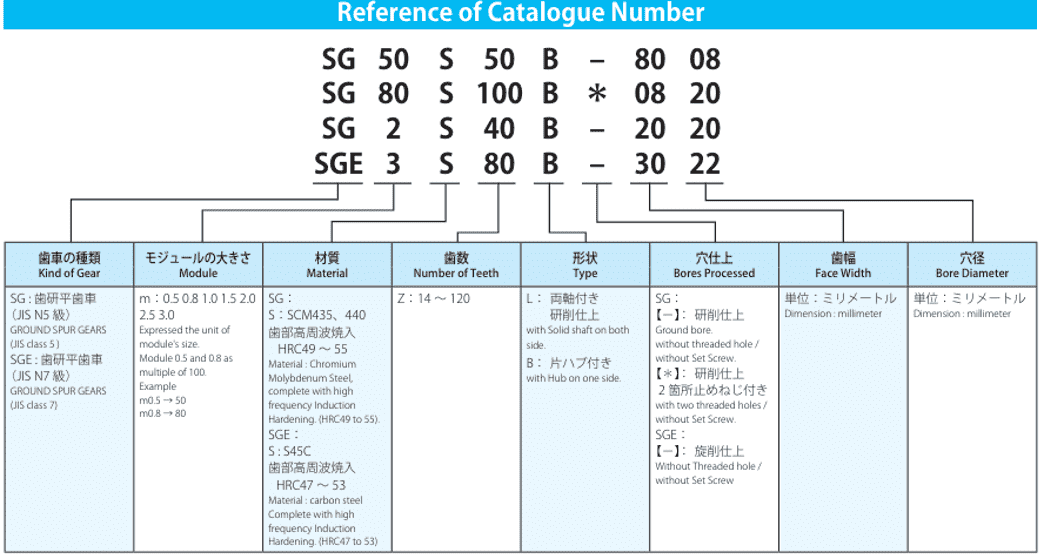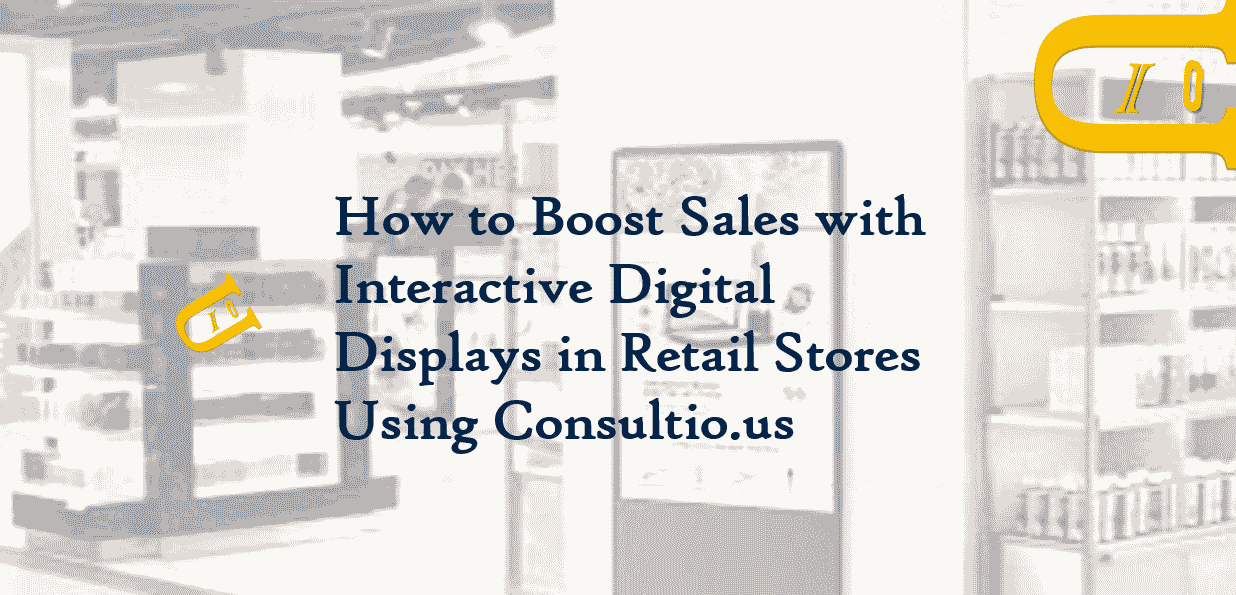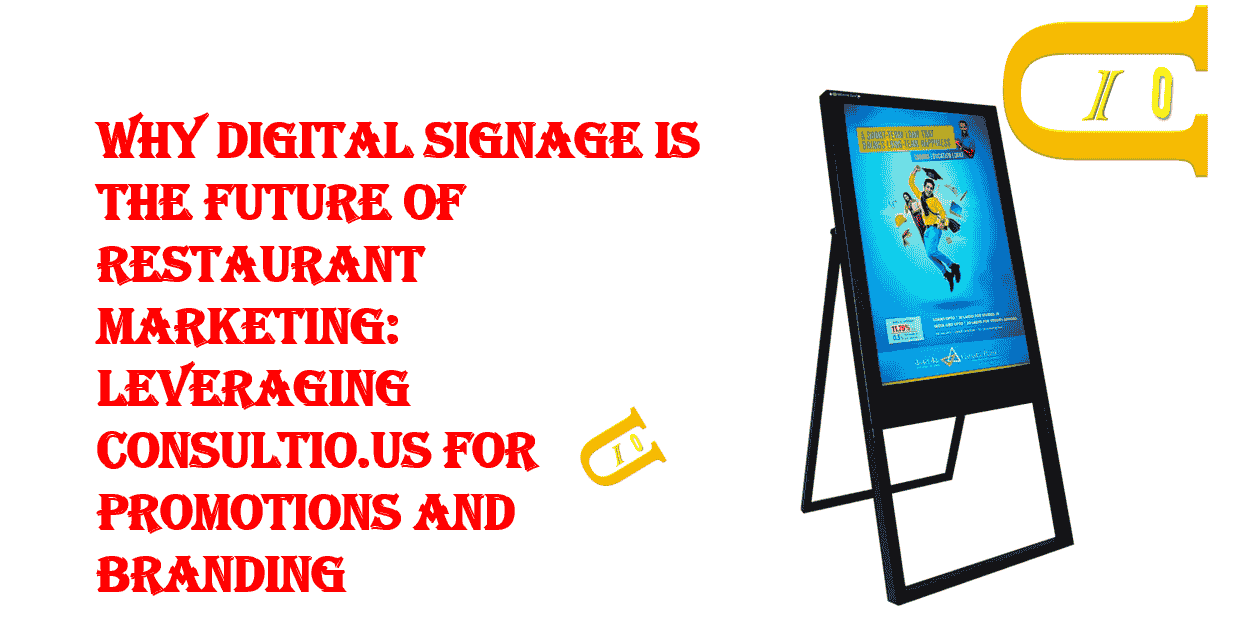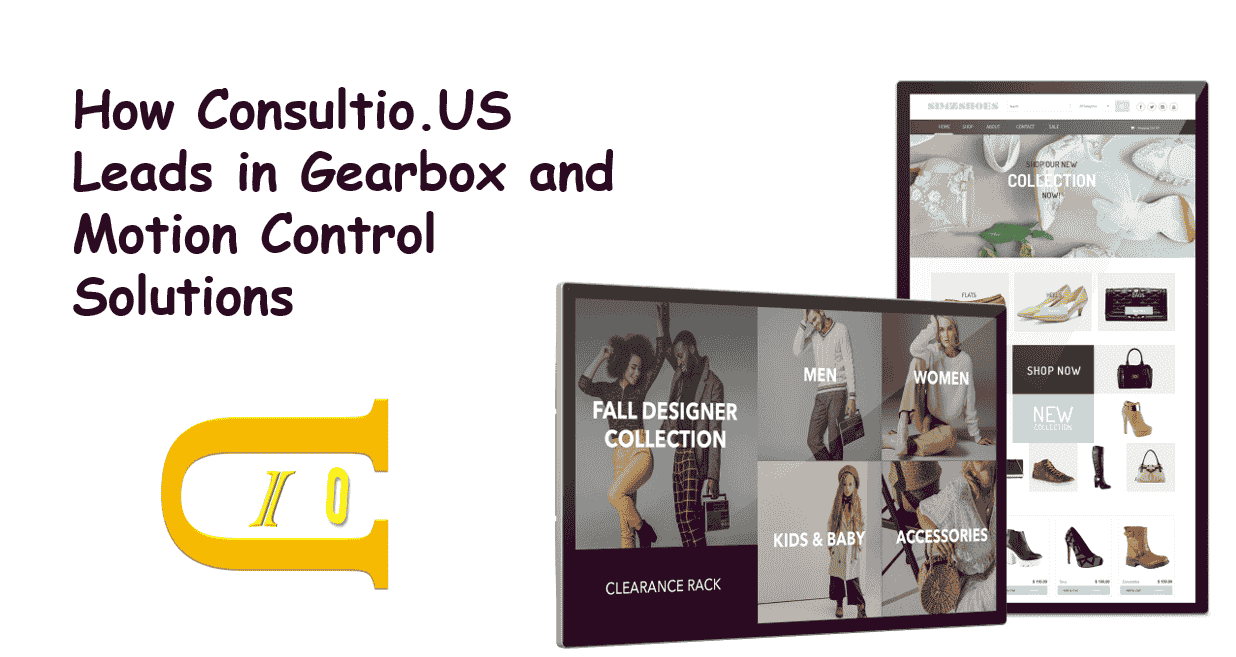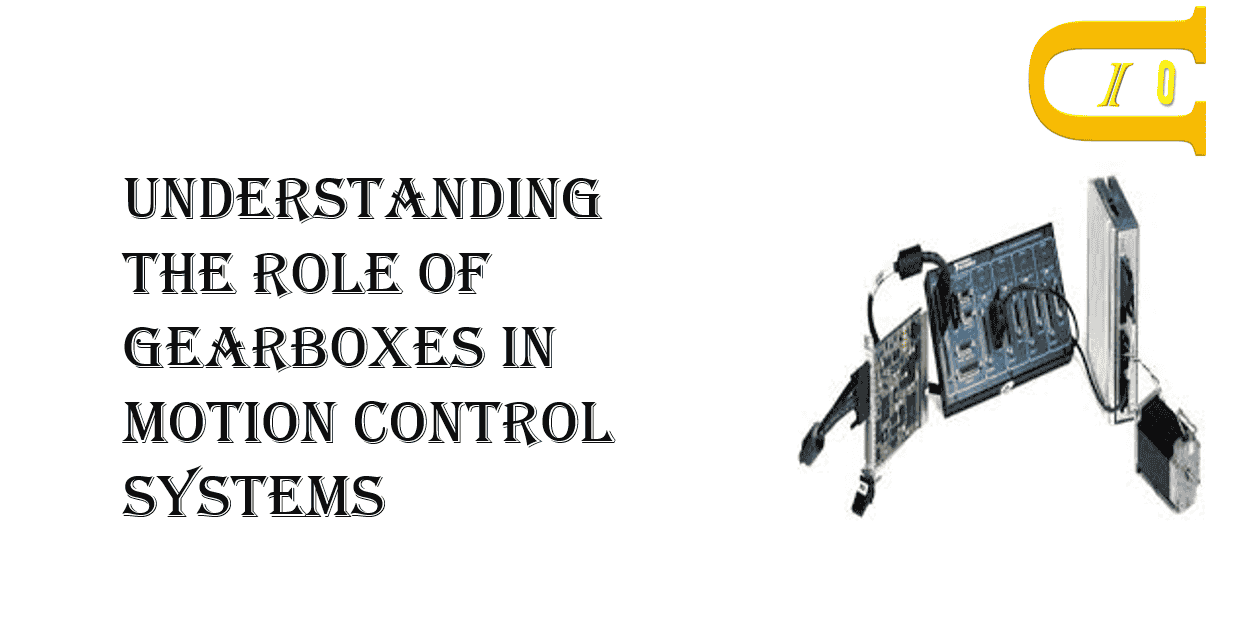Prototyping Your Ideas- A Step-by-Step Guide to Custom Engineering Projects

Prototyping Your Ideas: A Step-by-Step Guide to Custom Engineering Projects
In the world of engineering and product design, prototyping is an essential step that transforms an idea into a tangible reality. Whether you’re an entrepreneur looking to bring a new product to market or an engineer developing custom solutions for a client, engineering prototyping, product development prototyping, and custom project prototyping are all vital processes. They help test concepts, refine designs, and ensure the final product functions as intended before mass production. In this article, we’ll take you through a comprehensive, step-by-step guide to prototyping your ideas.
Table of Contents
What is Engineering Prototyping?
Engineering prototyping is the process of creating a preliminary version, or prototype, of a product or system to test its functionality, design, and user experience. Prototypes allow engineers to explore different materials, components, and configurations, identifying issues early in the design process. This iterative approach minimizes the risk of costly mistakes during final production.
In engineering, prototypes can vary in complexity, from simple mockups to fully functional models. They are crucial for evaluating different aspects of the product, including performance, ergonomics, and manufacturability.
Why is Prototyping Important?
Prototyping is a key part of product development prototyping because it serves multiple purposes:
- Testing and Validation: Prototypes are used to test concepts and ensure they meet the required standards and specifications. This helps identify potential flaws or improvements before proceeding with full-scale production.
- Feedback and Iteration: Prototypes allow for real-world feedback from stakeholders, users, or testers. This feedback can be used to make necessary adjustments to the design, ensuring the final product meets customer expectations.
- Risk Reduction: By identifying issues early, prototyping reduces the risk of launching a faulty product, saving both time and money in the long run.
- Innovation and Creativity: Prototyping fosters creativity by allowing engineers and designers to explore new ideas and experiment with different approaches, materials, and designs.
Step-by-Step Guide to Custom Project Prototyping
Now that we understand the importance of prototyping, let's walk through the key steps involved in custom project prototyping.
Step 1: Define the Problem and Requirements
Before embarking on any prototyping journey, it’s essential to understand the problem you are trying to solve. This stage involves:
- Identifying Objectives: What specific problem does your product or system solve? What are the core features you want to include?
- Understanding the Target Audience: Who will be using this product? Are there specific needs or preferences that should be considered?
- Setting Clear Requirements: Define measurable specifications such as size, functionality, material properties, durability, and aesthetic preferences.
This step forms the foundation for all subsequent decisions, ensuring your prototype aligns with the project’s goals.
Step 2: Conceptualize Your Ideas
Once the requirements are clear, it’s time to brainstorm and sketch ideas. This is where creativity comes into play. You may want to:
- Sketch Initial Designs: Hand-drawn sketches or computer-aided designs (CAD) can help visualize the product’s form, structure, and components.
- Create Multiple Concepts: Don’t settle on a single idea right away. Develop several concepts to explore different possibilities.
- Evaluate Feasibility: Consider the practicality of each design, including manufacturing capabilities and material availability.
The goal at this stage is to generate ideas that are feasible, innovative, and aligned with the problem and requirements defined earlier.
Step 3: Build the First Prototype
The first prototype is often referred to as the "proof of concept." This prototype doesn’t need to be perfect but should demonstrate the core functionality and features. During this stage, engineers may:
- Select Materials: Choose materials that are appropriate for the product’s functionality, durability, and aesthetic qualities.
- Create a Model: Depending on the complexity, the prototype can be hand-crafted, 3D printed, or constructed using rapid prototyping techniques such as CNC machining.
- Keep It Simple: The first version of the prototype may be a basic model that focuses solely on testing the essential aspects of the design, such as form and functionality.
This phase is essential for testing core assumptions and ensuring the design is on the right track.
Step 4: Test the Prototype
Once the first prototype is built, the next step is testing. This phase involves assessing how the prototype performs in real-world conditions. It may include:
- User Testing: If the product is intended for consumer use, gathering feedback from real users will provide invaluable insights into its usability and functionality.
- Performance Testing: Engineers will test the prototype’s strength, durability, efficiency, and other functional aspects to ensure it meets design specifications.
- Error Identification: Any issues, flaws, or discrepancies with the prototype should be documented and corrected in the next iteration.
Testing allows you to identify weaknesses early and refine the design before committing to large-scale production.
Step 5: Iterate and Refine the Design
Based on the feedback and testing results, it’s time to make improvements. This may involve:
- Modifying the Design: Tweak the prototype’s design based on feedback, making adjustments to components, materials, or features.
- Building New Prototypes: Depending on the changes made, you may need to create new prototypes or adjust existing ones to reflect the updated design.
- Repeat Testing: Test the new iteration to confirm that the changes have addressed the issues and improved the product.
The prototyping process is iterative, meaning that you may go through several rounds of testing, feedback, and refinement before achieving the final product.
Step 6: Final Prototype and Production Readiness
Once the prototype has undergone sufficient refinement, the final version should be ready for production. This prototype is known as the production prototype, and it should be an exact representation of the product intended for mass manufacturing. At this stage:
- Finalize Materials and Components: Confirm that the materials and components selected for the prototype can be replicated in mass production.
- Prepare for Manufacturing: Work with manufacturers to ensure that the prototype can be scaled for full production without significant issues.
Conclusion
Prototyping is a crucial process in engineering prototyping, product development prototyping, and custom project prototyping. It allows you to test, refine, and improve your ideas before they reach the final production stage, saving both time and money. By following a systematic, step-by-step approach, you can create successful prototypes that lead to innovative and functional products. Whether you’re designing a new consumer product or working on a custom engineering solution, prototyping is an invaluable tool for turning your ideas into reality.
Related Products
Here are some relevant stats and facts that can be incorporated into the article to enhance its credibility and provide valuable insights into the importance of prototyping in engineering and product development:
1. Prototyping Reduces Product Development Costs
- According to a study by the National Institute of Standards and Technology (NIST), prototyping can reduce product development costs by up to 50% by identifying design flaws early in the process and minimizing costly changes during production.
2. Prototyping Shortens Time to Market
- A report by McKinsey & Company highlights that organizations that use prototyping and agile development methodologies can reduce their time to market by 25-30% compared to those that don’t.
3. Prototypes Help Identify Issues Early
- 90% of engineers surveyed by Tech Clarity say that early-stage prototyping is critical in identifying design flaws and usability issues, enabling teams to make adjustments before full-scale manufacturing begins.
4. User Feedback Improves Product Success
- According to a study from The Product Development and Management Association (PDMA), companies that use user feedback gathered through prototypes in the early stages of development are 60% more likely to successfully launch new products.
5. Increased Adoption of 3D Printing for Prototyping
- 3D printing (a common prototyping method) is expected to grow at a compound annual growth rate (CAGR) of 25.8% from 2021 to 2028, highlighting its increasing use in product development and prototyping across industries, from automotive to healthcare.
6. Prototyping in the Automotive Industry
- The automotive industry invests heavily in prototyping to test and refine new vehicle designs. For example, BMW uses 3D printed prototypes for testing and developing parts, reducing prototyping costs and speeding up development times by up to 50%.
7. The Impact of Prototyping on Startups
- A survey by Seedrs, a crowdfunding platform, revealed that startups that prototype early in their product development stages are 20% more likely to secure investment compared to those without prototypes.
8. Prototyping and Consumer Electronics
- In the consumer electronics sector, companies like Apple have been known to use multiple prototypes in the design of new products, conducting hundreds of prototypes and iterations to get the design and functionality perfect before launch.
9. Sustainability and Prototyping
- Sustainable prototyping practices, such as using recycled materials or 3D printing, help reduce waste. In 2020, 40% of companies reported using sustainable prototyping techniques to reduce environmental impact, according to a survey by Grand View Research.
